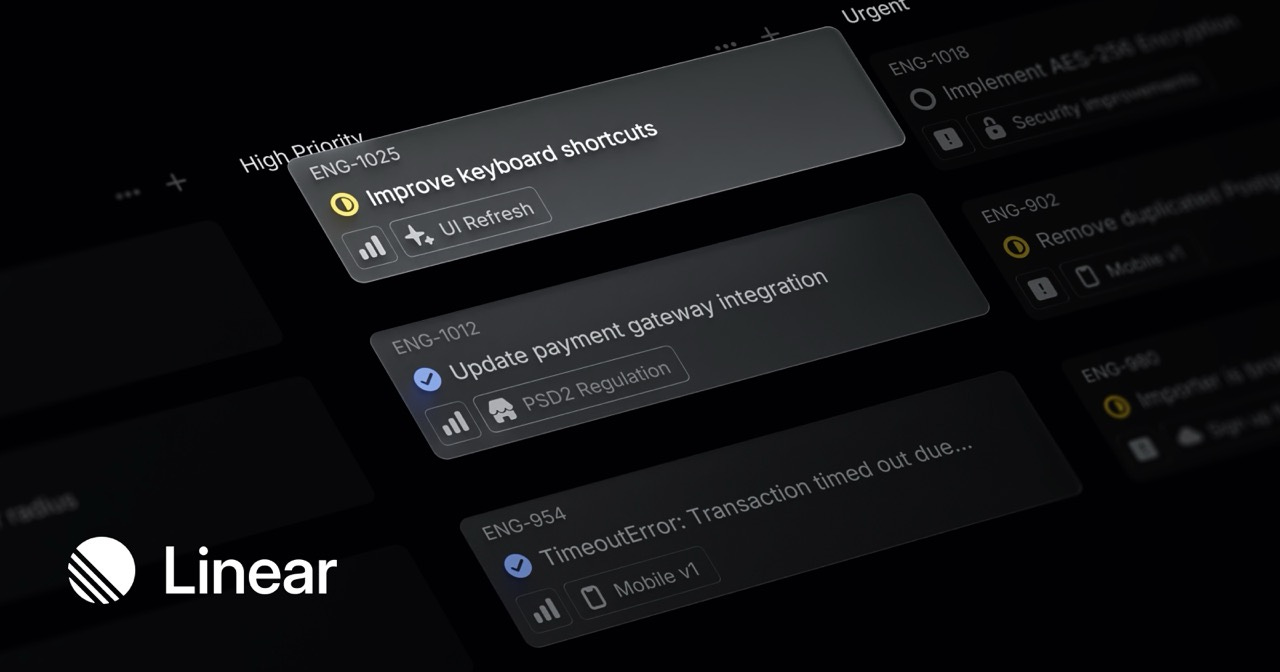The 5 levels of communicating impact as an engineer
Perfect for performance reviews and resumes
📣 Write code, not issues (Sponsor)
Linear is the issue tracker you’ll enjoy using. Spend less time managing tasks and tickets, and more time building what actually matters.
The less time you spend in your issue tracker, the more time you spend building what matters.
Designed by engineers who understand flow state is sacred
Keyboard-first interface with Git…



